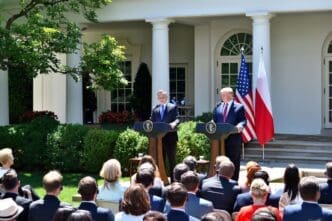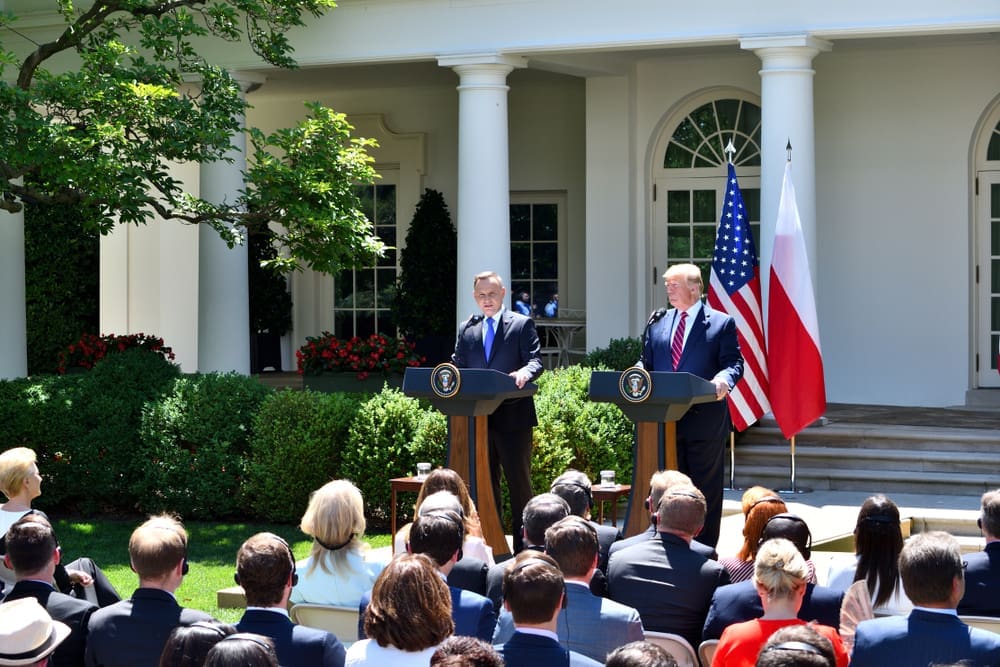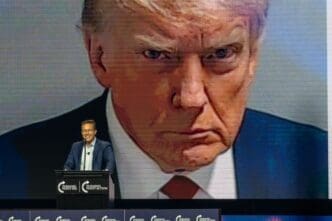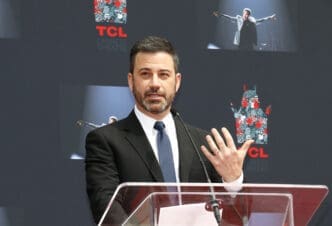The interaction between the White House and its press corps has long been a delicate balance, crucial for ensuring transparency and accountability within the U.S. political system. This week, tensions arose when the White House restricted Associated Press journalists from covering three of President Donald Trump’s media events, spotlighting the intricate dynamics at play.
At the heart of this tension is the enduring principle of freedom of the press, enshrined in the First Amendment of the U.S. Constitution. It asserts that the government should not interfere with journalists’ rights to report freely. This principle is fundamental to the role of the White House press corps, which serves as a watchdog, providing the public with insights into presidential actions and policies.
The Associated Press, a longstanding member of the White House press pool, faced exclusion from presidential events following its refusal to comply with a contentious demand: changing its reference from the ‘Gulf of Mexico’ to the ‘Gulf of America,’ as per President Trump’s executive order. Such incidents underscore the delicate balance between the press’s independence and governmental authority.
The White House press pool consists of a select group of journalists who are granted close access to the president, representing various media formats. Their role is pivotal, acting as proxies to deliver firsthand information from venues like the Oval Office, state dinners, and even during casual presidential activities.
This structure is essential because it allows for diverse media coverage even when spatial constraints limit direct access. The pool journalists ensure comprehensive reporting by sharing notes, videos, and audio among all media outlets post-event, ensuring that the public receives unfiltered information.
Historically, the relationship between the presidency and the press has been marked by both collaboration and conflict. Instances like President James Garfield’s shooting or the aftermath of President Kennedy’s assassination highlight the critical role that an independent press plays in providing timely and factual reports.
Despite challenges, previous administrations have recognized the necessity of a free press. However, attempts to bypass traditional media outlets have become more frequent with technological advancements, including broadcasts by Franklin D. Roosevelt and modern-day social media strategies.
President Trump, known for his outspoken stance on media, exemplifies the complexity of this dynamic. While he engages with journalists, he also navigates an environment where public trust in legacy media is declining, partly due to the rise of alternative information sources, some deemed less reliable.
The historical context of press freedom reflects the foresight of the nation’s founders, who valued informed civic engagement. Thomas Jefferson, a staunch advocate, preferred a free press over government without newspapers, emphasizing the essential role of journalism in democracy.
The intricate relationship between the White House and its press corps underscores the vital role of journalism in American democracy. Despite tensions and challenges, the enduring commitment to a free press ensures that the public remains informed about the actions of its leaders, promoting transparency and accountability.








